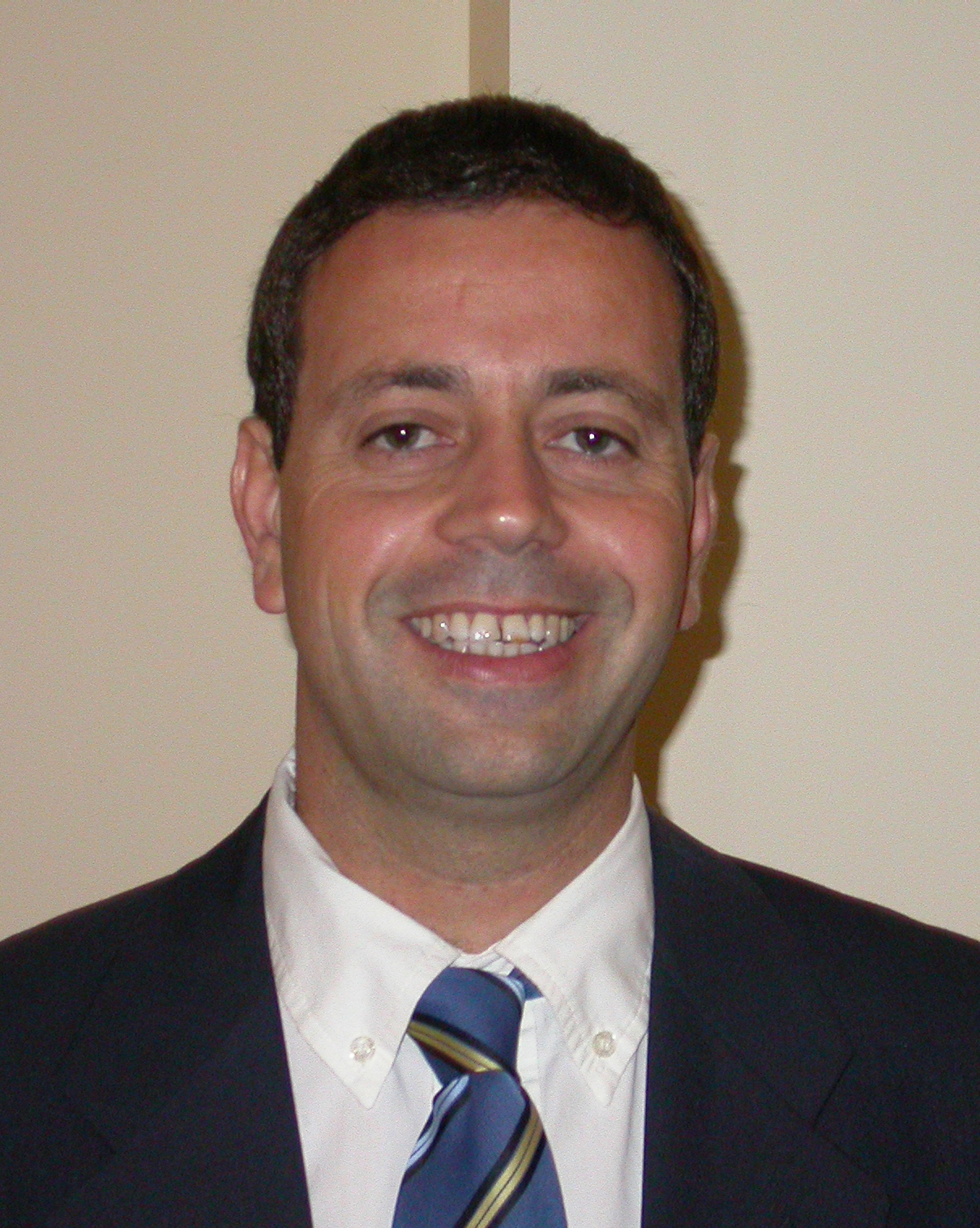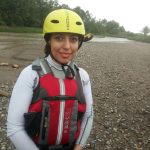Building a Flood Resilient Brisbane
Natalie Baker
Brisbane City Council, Australia
Following the significant January 2011 flood in Brisbane, Brisbane City Council embarked on a program of measures to enable both a short-term recovery from the event, and to ensure a long term sustainable increase in the City’s resilience to flooding. This approach was underpinned by the development of a long term strategic vision to drive integrated flood risk management measures which will ensure the resilience of both the City’s communities and the City’s built form.
In January 2011, Brisbane experienced the second-highest flood since the beginning of the twentieth century. This resulted in major flooding through most of the Brisbane River catchment, inundating an estimated 22,000 residential properties and 7,600 businesses in metropolitan Brisbane and causing substantial damage to infrastructure, assets, waterways, parks and community areas.
In the days immediately after the flood, Brisbane City Council (Council) set about ensuring that Council and the city of Brisbane would be better prepared for natural disasters in the future. Following its own comprehensive independent review and the subsequent Queensland Floods Commission of Inquiry Report, an internal Flood Action Plan was prepared which detailed how Council intended to drive improvements to the future disaster resilience of the city.
The Action Plan built on the many flood risk management measures already in place, but introduced a more integrated approach which recognised the need for both short-term measures to quickly recover from the flood, and a longer term, strategic approach to ensure sustainable improvements to disaster resilience.
Council has significantly increased the resilience of the city of Brisbane since January 2011 by taking both a strategic and reactive approach to increasing the city’s disaster resilience. The culmination of this effort is an outcome that Council is very proud of; we are “building a more resilient city, a city that is safe, confident and ready.”








